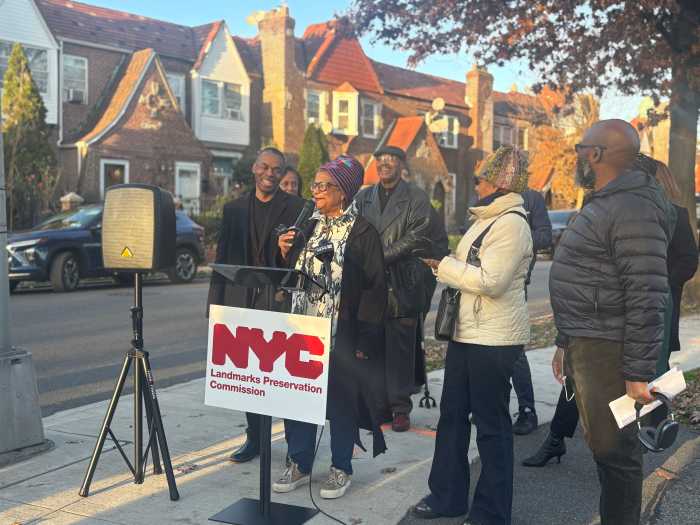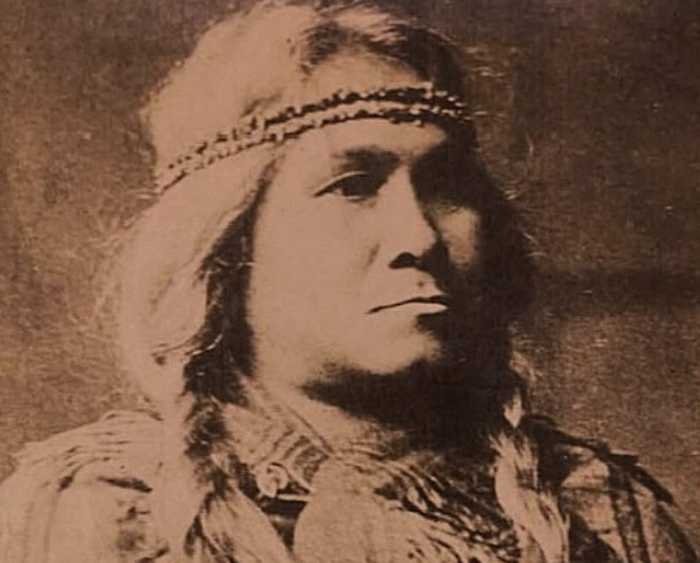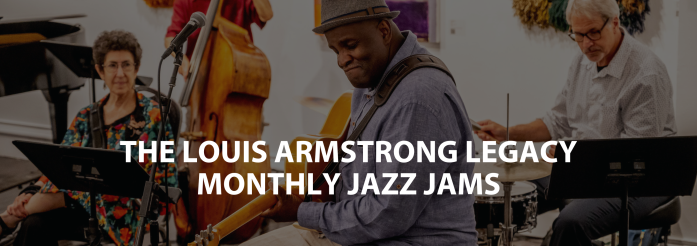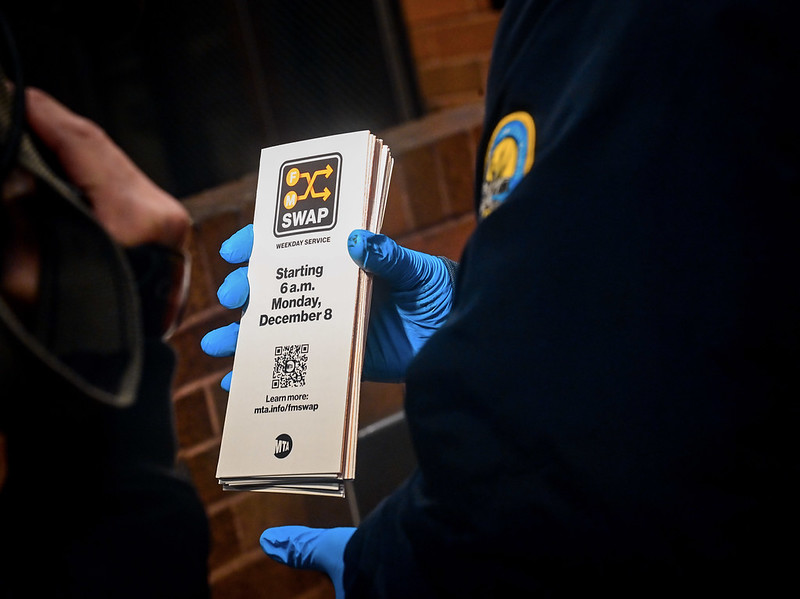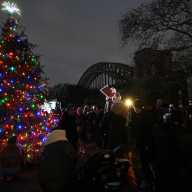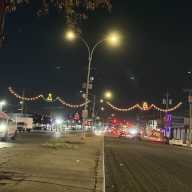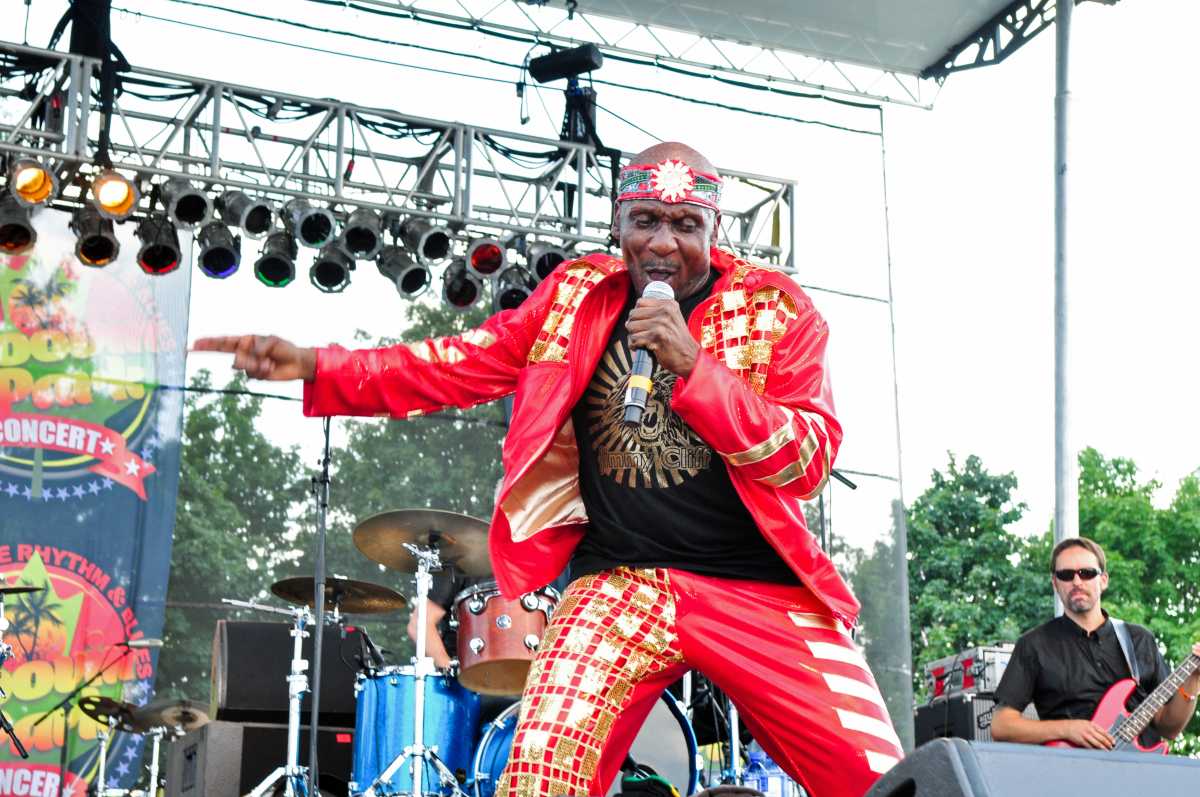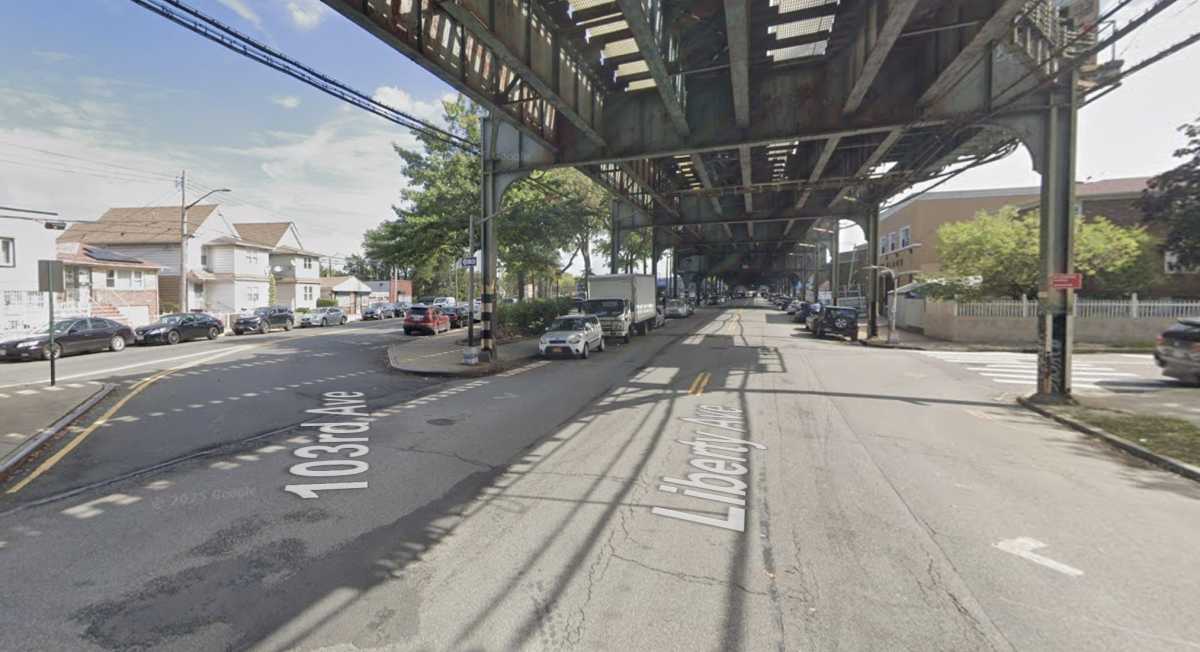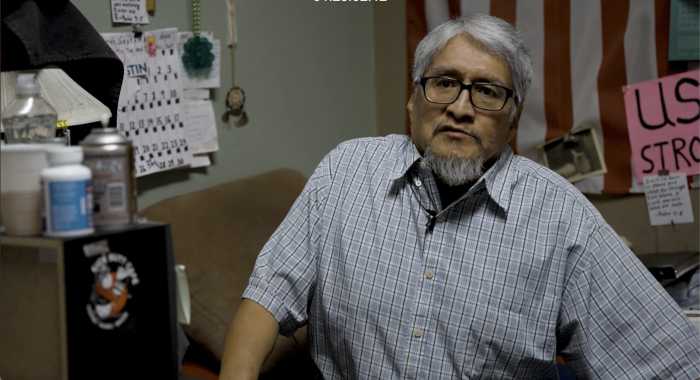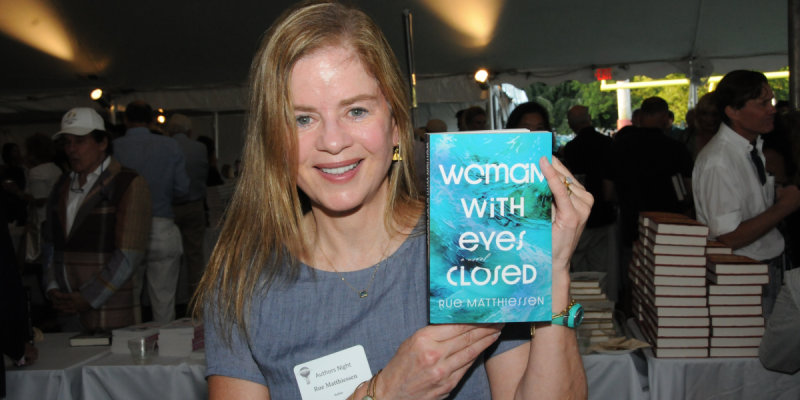The MTA marked a significant landmark on Saturday when it celebrated the 85th anniversary of the opening of the Queens-Midtown Tunnel.
The tunnel, which opened to the general public on Nov. 15, 1940, is a relic of President Franklin D. Roosevelt’s New Deal, enacted during the 1930s to lift the United States out of the Great Depression through a series of government programs, projects and regulations.
The Queens-Midtown Tunnel, completed with the assistance of a $58 million loan provided by the Public Works Administration (PWA), was close to Roosevelt’s heart.
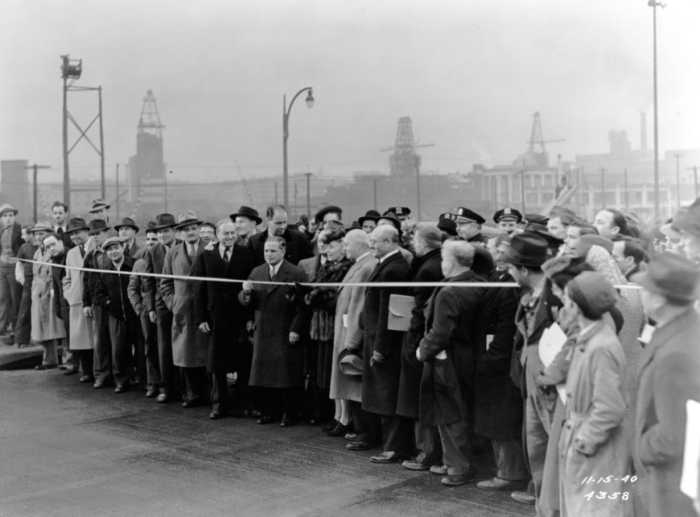
A former Governor of New York, Roosevelt attended a groundbreaking ceremony for the tunnel in October 1936 and was the first person to drive through the newly-completed tunnel almost exactly four years later.
Plans for the tunnel originate in 1921, but the project did not come to fruition during the Roaring 20s in part because of an “administrative snafu,” according to Nellie Hankins, Special Archive Manager with the MTA’s Bridges and Tunnels Division.
Civic and business groups had been lobbying for a Midtown tunnel to help combat traffic on the East River bridges, pointing to the success of the Holland Tunnel under the Hudson River.
Then, the city had plans to build an entire “network of tunnels,” including plans for a Triborough Tunnel that would connect Queens and Brooklyn with the eastern side of Manhattan. The onset of the Great Depression further delayed plans, which would only be revived by the Roosevelt’s New Deal policies.
By the time the project was revived in the Depression-era 1930s, the city had pivoted to plans for an East River tunnel that would help serve as a regional transportation link that would help connect Manhattan to Queens and Long Island.
Construction of the Queens-Midtown Tunnel, overseen by the Triborough Bridge and Tunnel Authority, was similar to the construction of the East River subway tunnels during the 1900s, which employed the use of shield tunneling to bore a tunnel under the river. The method involved a large hydraulic shield that pushed through the ground, with workers – known as sandhogs – following in its wake and installing pre-cast iron lining rings to reinforce the tunnel.
Construction safety standards had improved significantly in the intervening three decades, however, and workers did not suffer from decompression sickness – more commonly known as the bends – like their counterparts did at the beginning of the century.

Hankins described the project as a relic of the Depression, noting that it is highly unlikely that construction of the tunnel would unfold as it had done were it not for the economic climate and Roosevelt’s New Deal. The tunnel became the largest public works project not directly overseen by the federal government.
But she further described the tunnel as a “World War II story,” noting that the tunnel opened just a year before the US joined the global conflict.
Hankins noted that 4.4 million cars drove through the tunnel in its first year of operations but said that number plummeted after the U.S. entered the war.
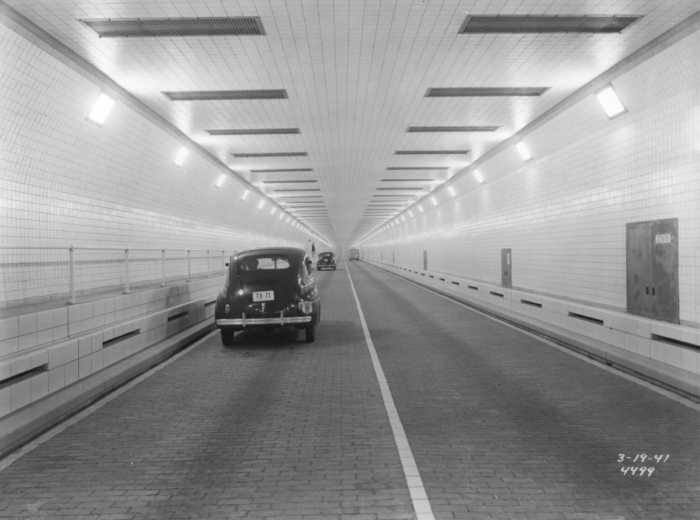
As the U.S. government implemented gas and tire rationing, vehicular traffic sharply declined across the nation, and the newly opened tunnel was no exception. By 1943, annual traffic had fallen to 2.5 million vehicles, with the tunnel forced to close at night because it fell under wartime blackout restrictions.
The tunnel, like many other sectors of the U.S. economy, also gave rise to a new type of worker on the home front during the Second World War – which Hankins describes as “Rosie the Toll Taker.” While Rosie the Riveter became a cultural icon who represented women working in factories and shipyards throughout the war, Hankins noted that 12 women staffed the tunnel’s toll facilities at the same time.
“They would take tolls. They were equipped with revolvers, they had uniforms, and that’s who staffed the toll booth during the World War II,” Hankins said.
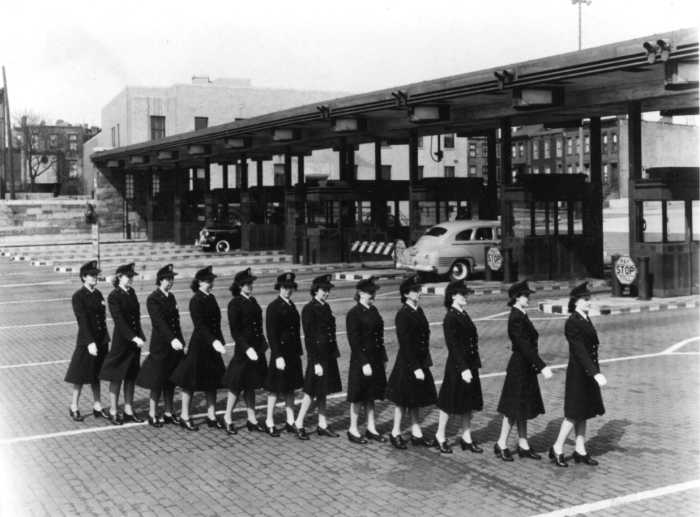
The tunnel, like the rest of the United States, experienced a post-war boom, with 14.5 million cars traveling through the tunnel in 1952, slightly below pre-war projections of 15 million annual journeys by 1952.
That number grew significantly throughout the remainder of the 20th century as cars became more accessible and a network of roads in Queens transitioned into the Long Island Expressway.
The Triborough Bridge and Tunnel Authority, meanwhile, was folded into the MTA in 1968 when the agency was created.
Today, more than 30 million vehicles travel through the tunnel every year, more than double the projection for 1952.
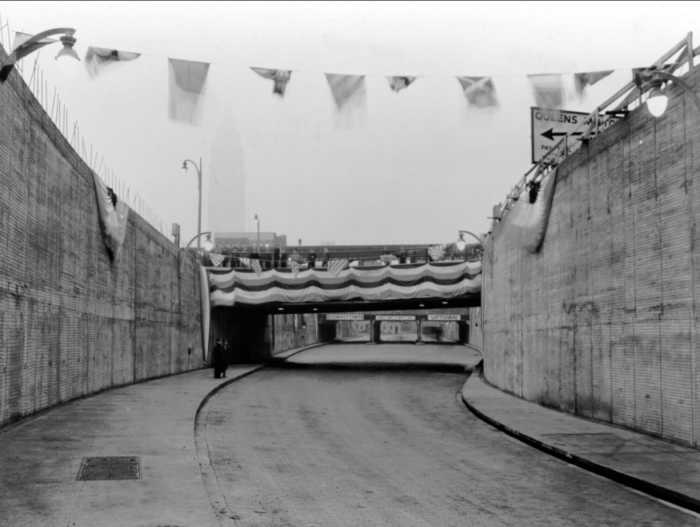
The MTA, however, has made several upgrades to the tunnel to accommodate modern vehicles and trends.
The tunnel, which features two tubes boasting two lanes of traffic, operates a bidirectional system that devotes three lanes of traffic to Manhattan-bound vehicles during morning rush hour and three lanes of traffic to Queens-bound vehicles during evening rush hour.
The introduction of new tolling technology to replace toll booths, including the introduction of the E-ZPass system 30 years ago, has also facilitated smoother traffic flow in the tunnel, Hankins said.
The MTA was required to implement other key upgrades after the devastation of Superstorm Sandy in 2013.
Hankins said 40% of the tunnel was underwater after the storm, which caused damage never-before-seen in the tunnel’s long history.
“If you watch the security footage, it’s really quite striking,” Hankins said. “You see the water coming up and up and up and then the cameras go out.”
The MTA has since undertaken a number of resiliency projects to stormproof the tunnel against future freak weather events, including the installation of storm doors that can be closed to plug up the tunnel during periods of heavy rainfall. The doors have not yet been used since their installation, Hankins said.
On Nov. 15, the MTA celebrated the tunnel’s 85th anniversary, recognizing the transformative impact that the project has had on Queens and Long Island.
Hankins noted that the tunnel proved particularly impactful for Queens, which had experienced a population boom in the early ’30s.
“It really provided services to the people that were already there.”




